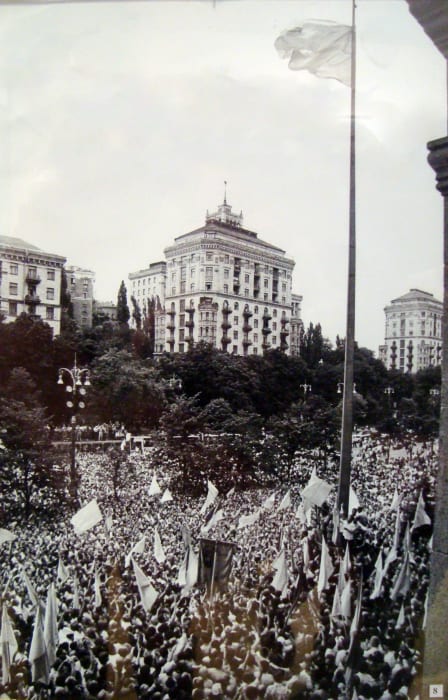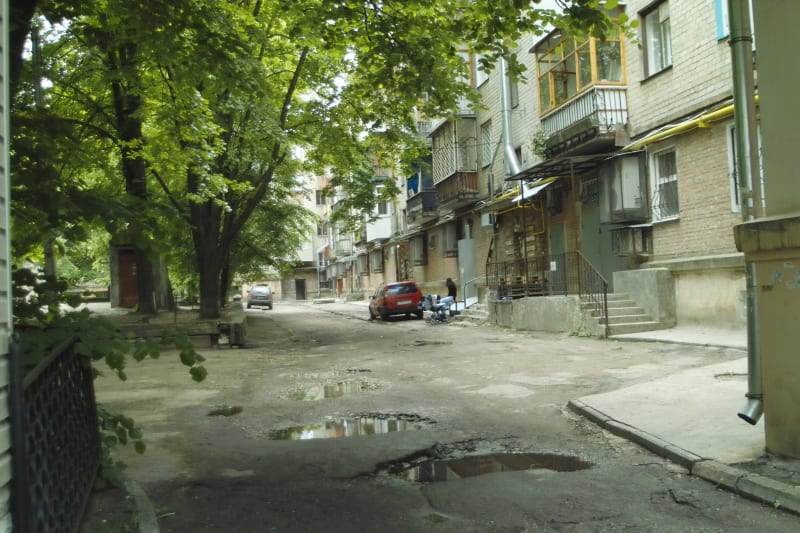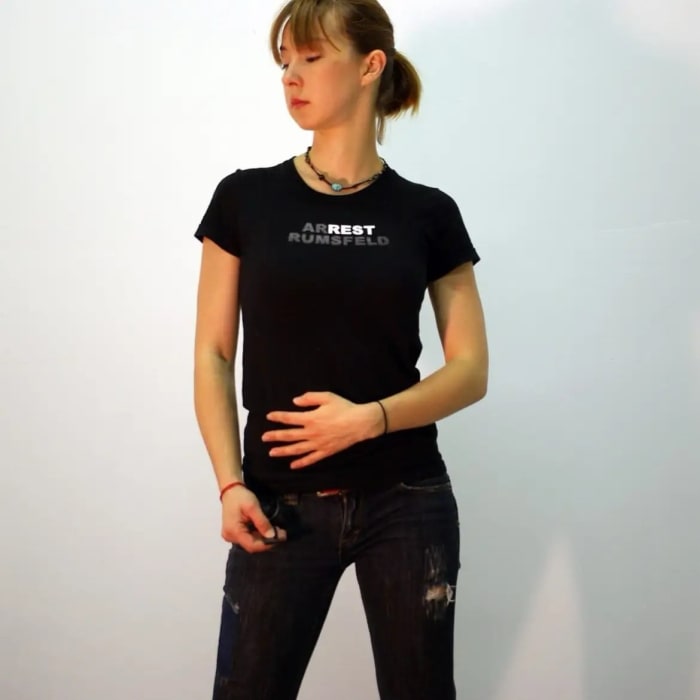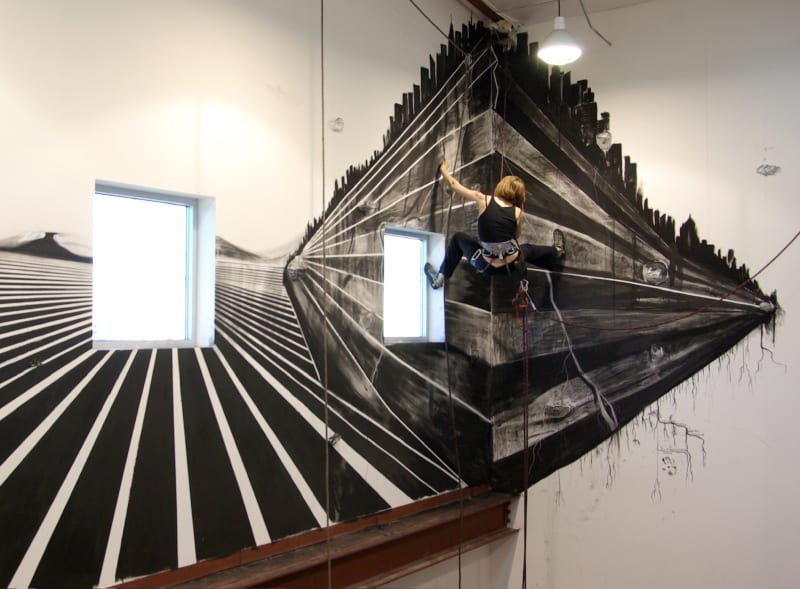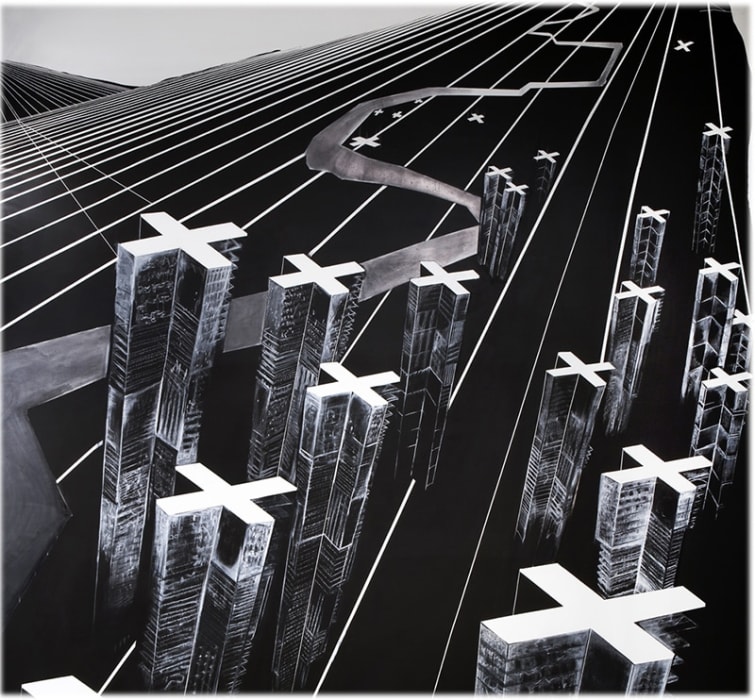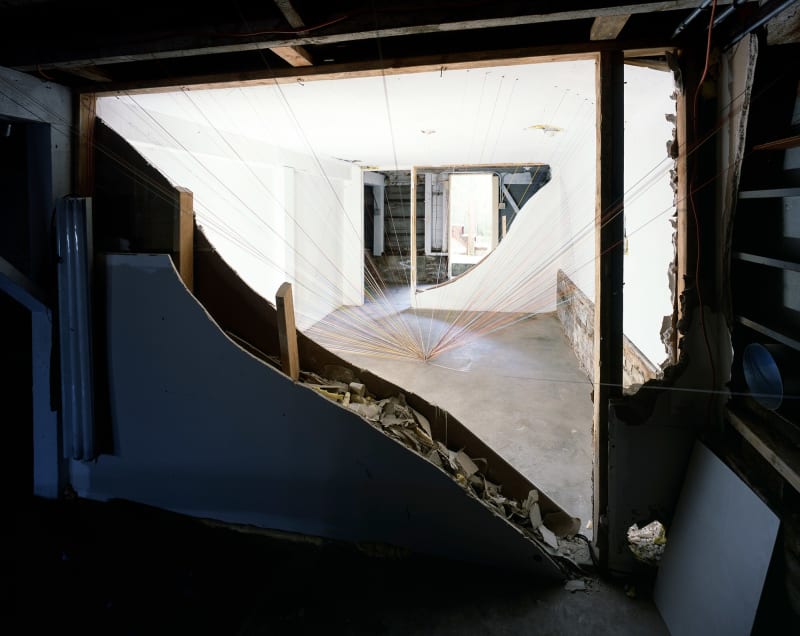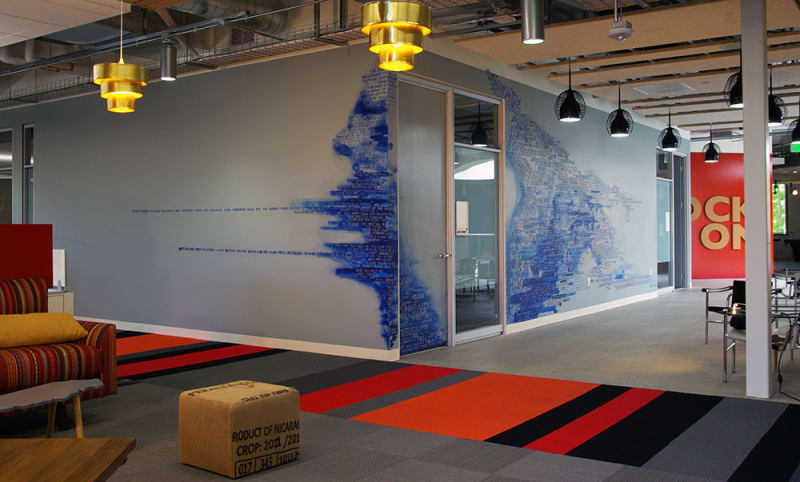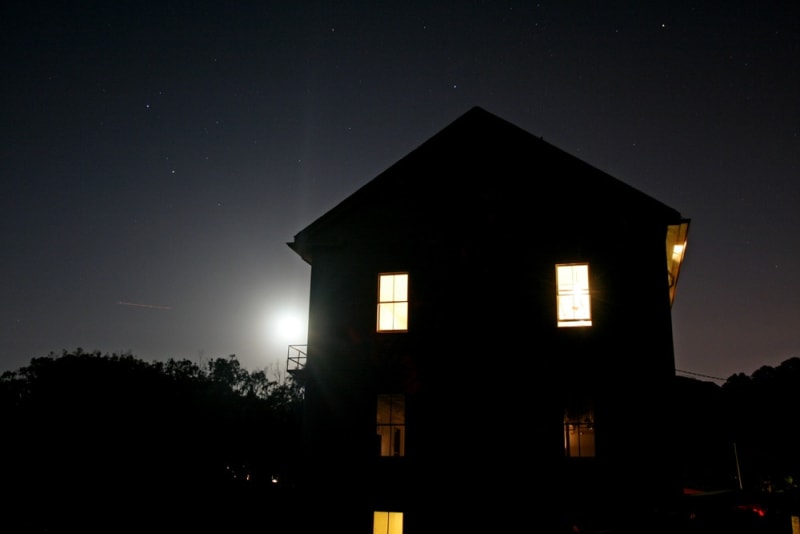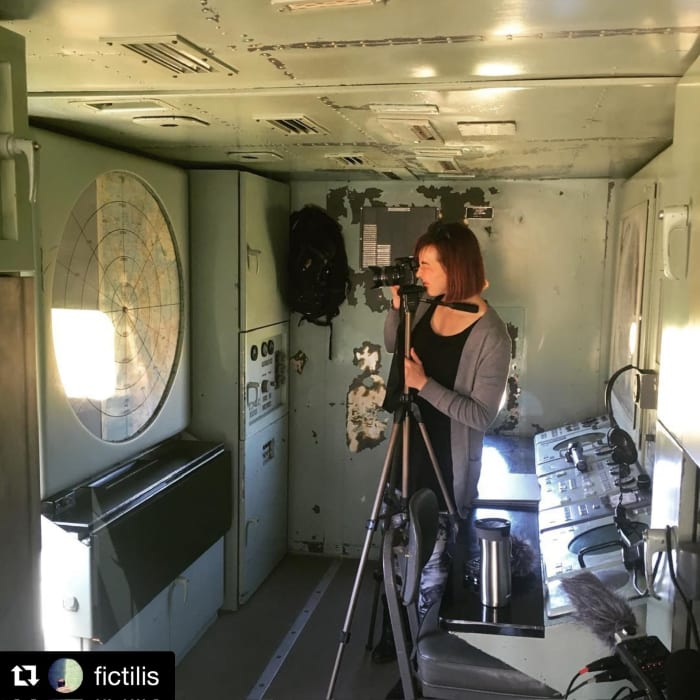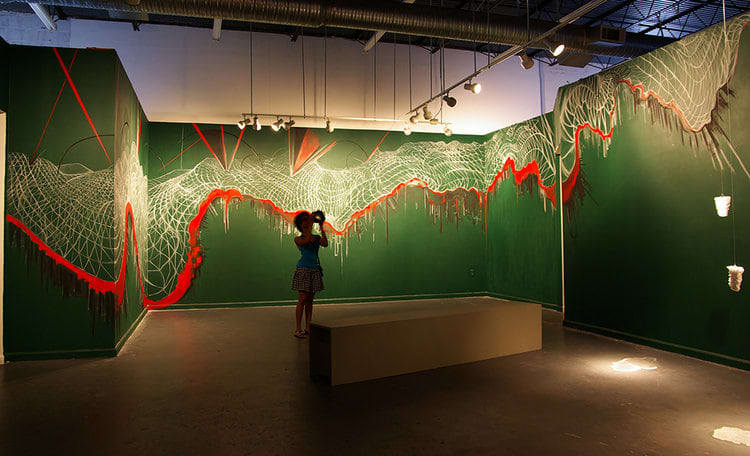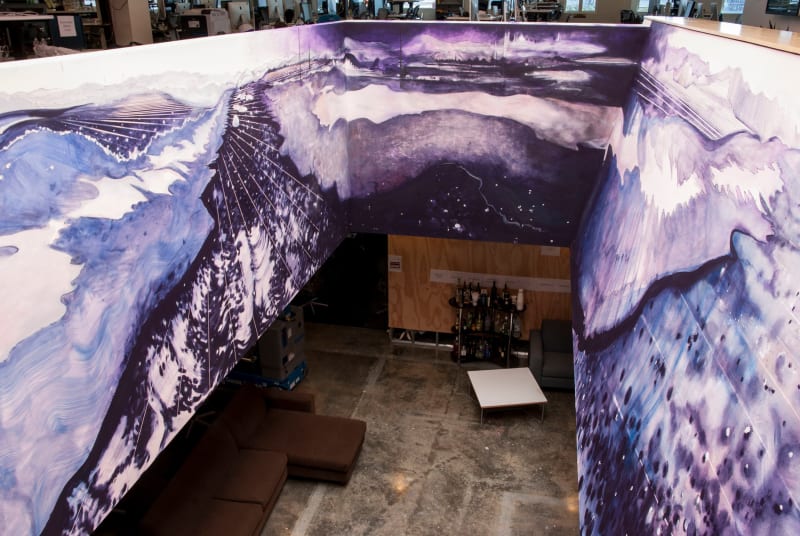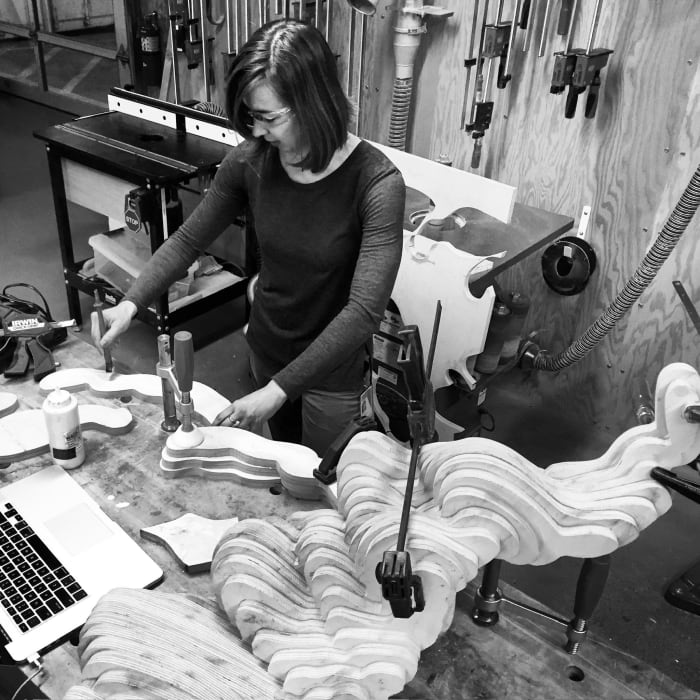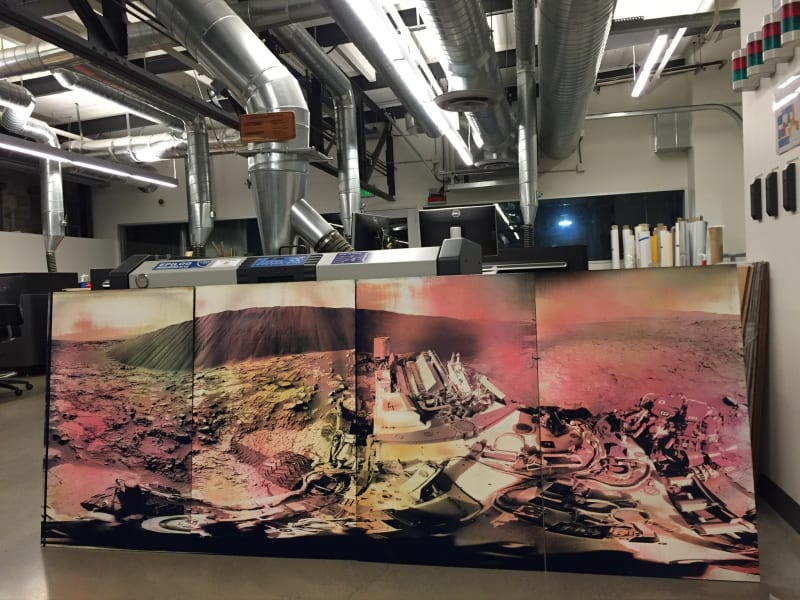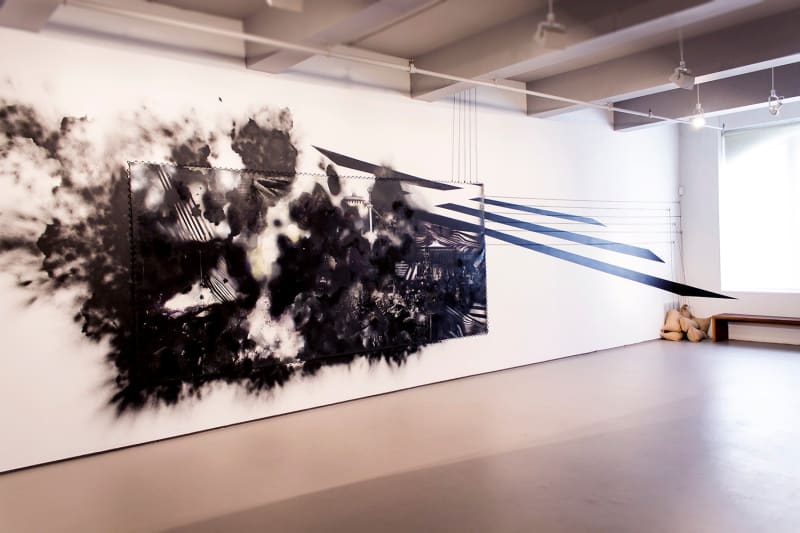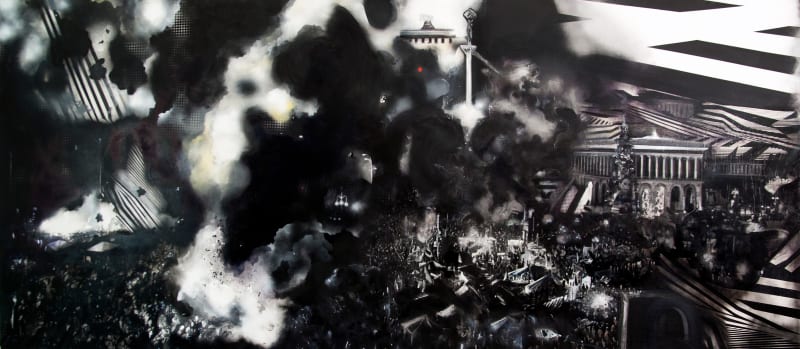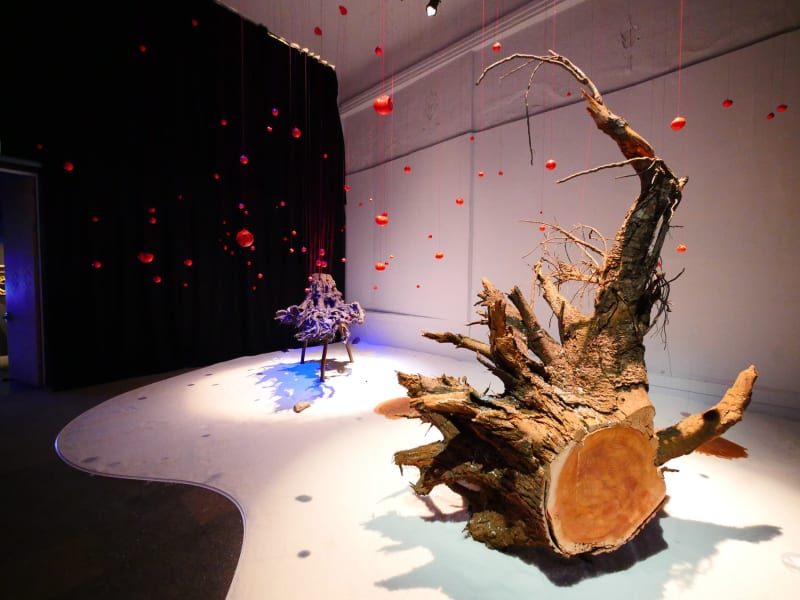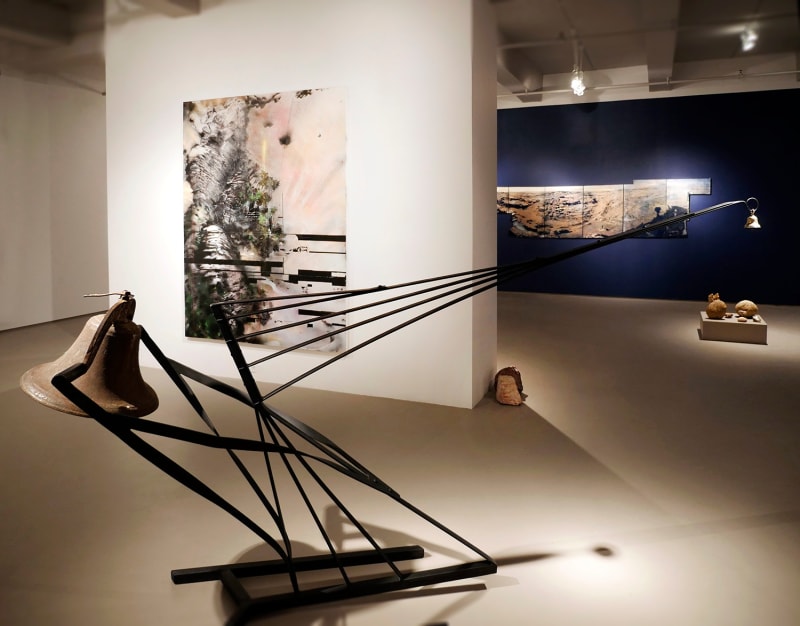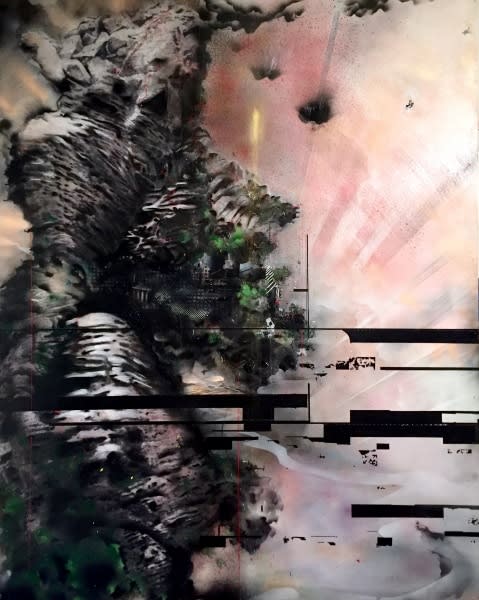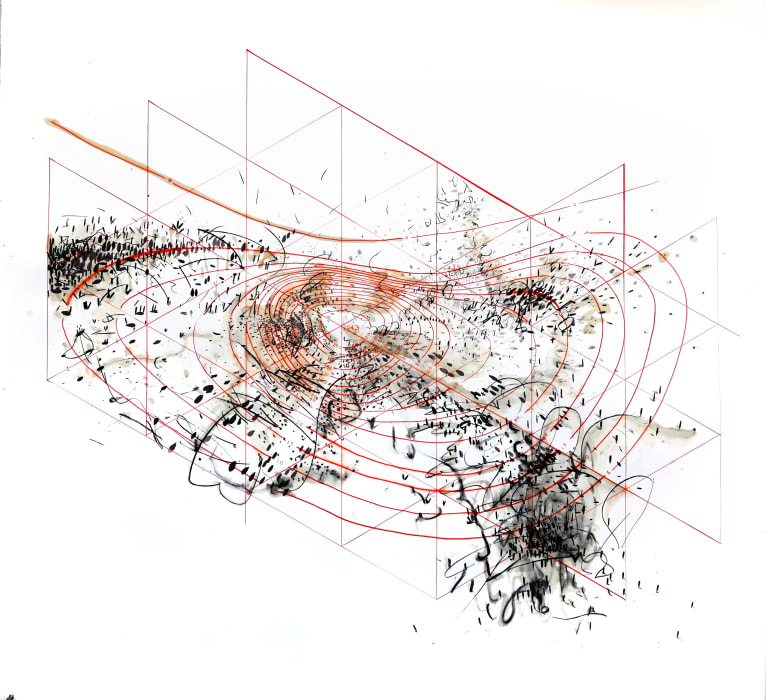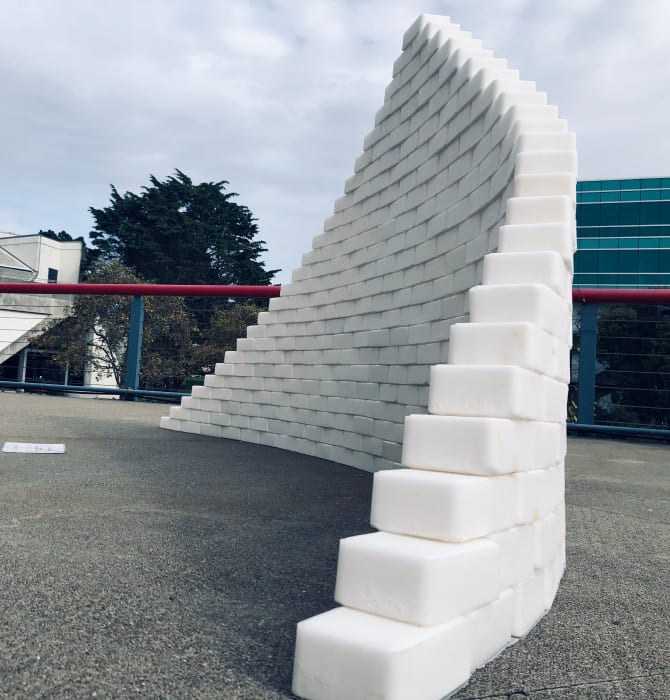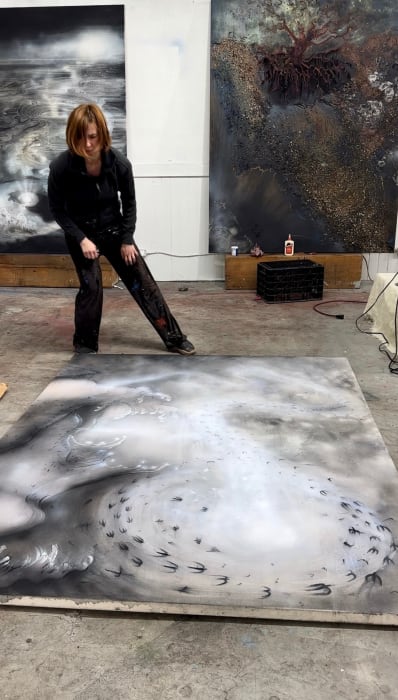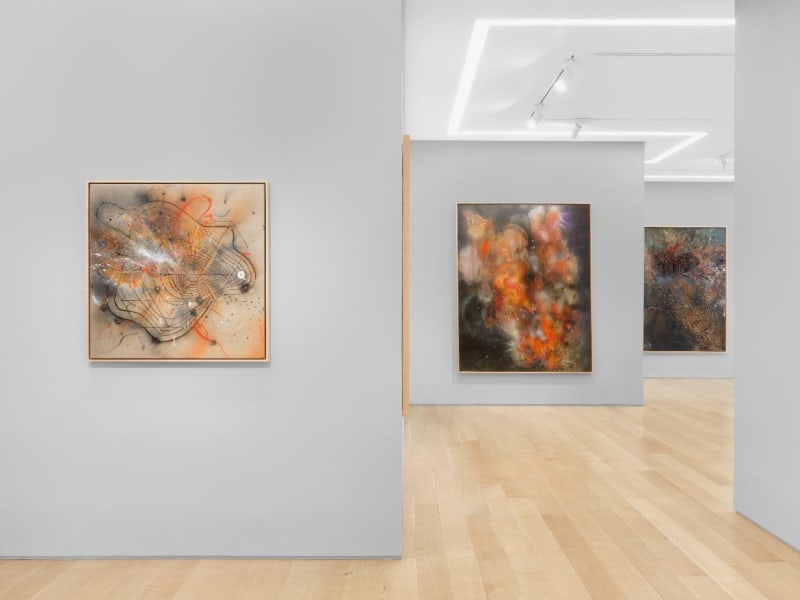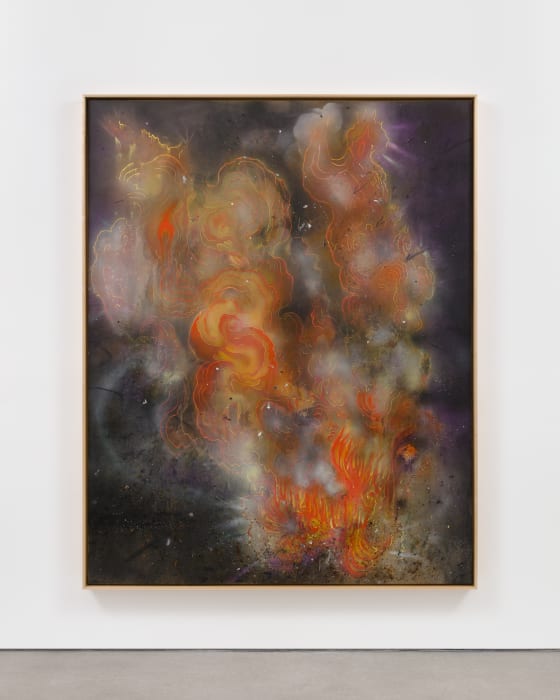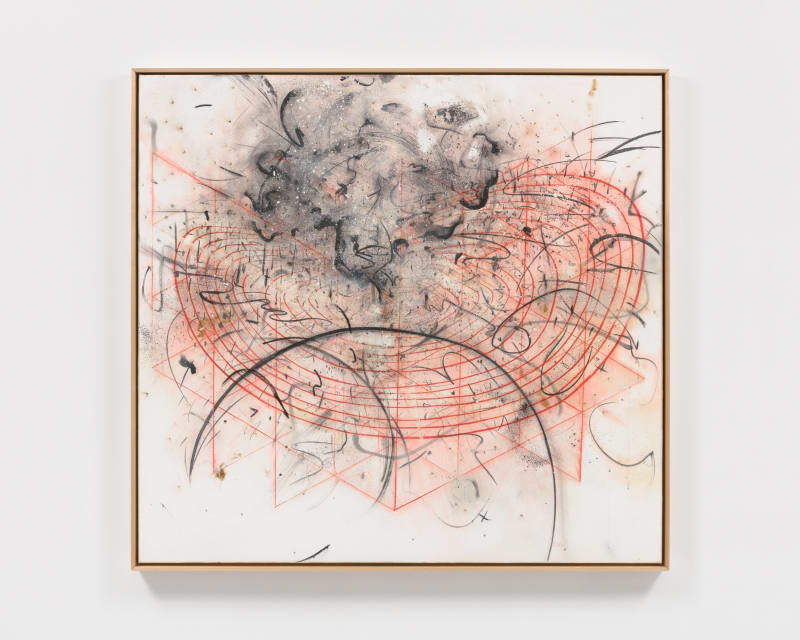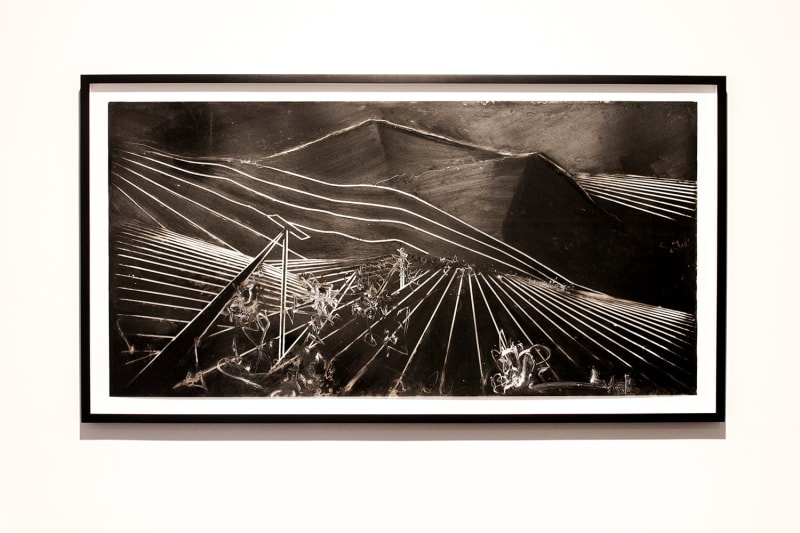Yulia Pinkusevich is a painter and multidisciplinary fine art artist known for her rigorous style. Her works often challenge traditional perspectives by experimenting with light, depth, and structure. It is inspired by a search for the changing world.
The Artistic Journey of Yulia Pinkusevich
Yulia Pinkusevich was born in the former Soviet Union. She immigrated to the United States with her family in 1991, which challenged much of her belief system. Flexible adaptation, careful observation, and a certain fluidity became a survival strategy. Many years after her move, the Soviet obsession with the unknown continues to inspire Pinkusevich’s methodology. Having studied at Stanford University, Pinkusevich is currently based in the Bay Area. She holds multiple degrees in fine art and has exhibited widely.
Exploring Yulia Pinkusevich Artworks: Between History & Form
Yulia Pinkusevich artworks are characterized by their daring experimentation with spatial dimensions. Her background in architecture and design has inspired a body of work that merges spatial concepts with abstraction. Her compositions shift perspectives and alter spatial relationships.
Pinkusevich’s current work focuses on her maternal ancestors who were indigenous Siberians practicing forms of shamanism in the Sakha region of Russia. This tradition has been largely eroded by political agendas. Seeking to reconnect with her lost heritage, Pinkusevich began to study indigenous cultural knowledge, including practices of bio regeneration and land stewardship. The Sakha series is an exploration of her Siberian lineage and her ancestors’ spirituality as a source of inspiration and life.
Her Isorithm series resulted from her discovery of a declassified military manual from the Cold War era while in residence at a former military outpost called the Headlands. The manual offered instructions on how to create maps predicting the impact of nuclear bomb airbursts by showing fatal and non-fatal casualty isorithms over habitable regions.
Pinkusevich was struck by the tension between the formal elegance of these maps against the irrational chaos and mass destruction they represent. In the resulting series, she connects her own Ukrainian and Russian identity and personal experiences with the current Russian invasion of Ukraine. The works contain no recognizable figures but are guided by the sensation of a conceived presence.
Through my art I challenge the dehumanization inherent in militaristic visualization, instead augmenting how abstraction is used to represent “casualties of war” without removing traces of the very real implications on living beings these images represent. I co-opt this militaristic visual language by offering empathetic gestures to representations of war and destruction, marks that make these living omissions present again.
Pinkusevich continues to develop conceptually and aesthetically powerful art. Our collection features masterpieces such as Into the Earth, Us and Them and Breath of Life (Air).
FAQs About Yulia Pinkusevich
Who is Yulia Pinkusevich and what defines her art?
Yulia Pinkusevich is a fine art artist known for her innovative use of space and form. Her artworks often explore the interaction between structure and perception utilizing geometric abstraction. She integrates scientific and philosophical themes. Her dynamic pieces challenge traditional notions of spatial relationships in art. Pinkusevich's work has gained recognition for its forward-thinking approach to contemporary fine art.
What are some of the themes Yulia Pinkusevich explores in her art?
Yulia Pinkusevich is recognized for blending spatial theory, abstraction, and architectural elements. She investigates the echoes of historical events and how they relate to her own heritage and position in the world. Through formal experimentation, she explores both spiritual and political questions in ways that are as thoughtful as they are skillful. Her works intend to engage viewers in a transformative experience.
Where can I view or purchase Yulia Pinkusevich artworks?
Kent Fine Art features highly original paintings by Yulia Pinkusevich. Browse our collection of Yulia Pinkusevich's artworks, including latest creations and get inspired.
Discover all Kent Fine Art artists, including Teruko Yokoi whose delicate but powerful abstractions you might also like.




